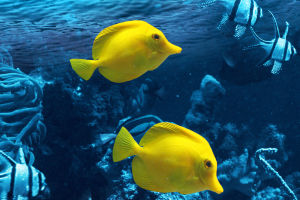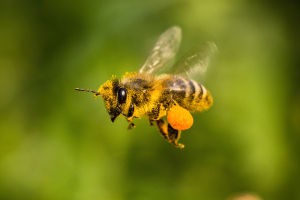We always see them in nature documentaries or maybe at the beach, gliding gracefully over the waves with that giant beak of theirs. But have you ever stopped and wondered—what's the deal with pelicans?
Why do they look the way they do? And what makes them so special in the bird world? Today, let's dive into the everyday magic of pelicans and see what makes them such amazing creatures.
What Exactly Is a Pelican?
Pelicans are large water birds known for their long beaks and the stretchy pouch right under their lower bill. That pouch isn't just for show—it's a smart design that helps them scoop up fish from the water. There are eight different kinds of pelicans around the world, and most of them love coastal areas, lakes, and rivers where fish are plenty.
We often recognize them by their white or greyish feathers, their long wings, and that huge beak. But there's more to these birds than just size—they're skilled hunters, surprisingly gentle, and love working together.
The Famous Beak—What's It For?
That beak is probably what makes pelicans look so iconic. It's not just long; it comes with a flexible pouch underneath, almost like a shopping bag! When a pelican dives into the water, it uses the pouch to scoop up water along with fish. Then it tilts its head forward, drains out the water, and swallows the fish whole. No hands needed—just nature's built-in scoop!
For us, it's like having a reusable grocery bag on our chin all the time. Pretty handy, right?
They're Big, But They're Great Flyers
Even though pelicans look a little clumsy when they walk on land, don't let that fool you. Once they take off, they're seriously graceful in the air. Their wings can stretch up to 3 meters wide—that's about the length of a sofa!
They often fly in V-shaped groups, just like geese, to save energy and stay in formation. Some pelicans can soar really high, gliding with very little wing-flapping. It's peaceful to watch, like they're surfing the wind.
Pelicans Have a Social Life Too
We often think of birds as loners, but pelicans? They're team players. They usually live in big colonies where they eat, rest, and raise their babies together.
During feeding time, some pelican groups will even work together. They'll form a circle and flap their wings to drive fish into shallow water—then everyone eats! We love a good teamwork moment, even in nature.
How They Take Care of Their Young?
When it comes to parenting, pelicans take it seriously. They build their nests out of sticks and leaves, often high up or on isolated islands. Both the mom and dad help sit on the eggs and care for the chicks once they hatch.
Baby pelicans are fed straight from their parents' beaks, and as weird as that might sound, it works perfectly for them. Within a few months, the chicks grow strong enough to start flying and fishing on their own.
Where Can We Find Pelicans?
Depending on the species, we can spot pelicans across North America, South America, Africa, Asia, and Australia. In the U.S., the American White Pelican and Brown Pelican are the most common. White Pelicans like freshwater lakes and are known for flying inland, while Brown Pelicans love coastal areas and are expert divers.
If you're lucky, you might see them resting on piers or flying low over the waves, barely touching the water.
Are Pelicans in Danger?
Like many wild animals, pelicans face some challenges—polluted waters, disappearing fish, and even getting caught in fishing gear. Thankfully, many places have started protecting pelican habitats and keeping an eye on their populations.
We can also help by reducing plastic waste, not disturbing their nesting sites, and respecting wildlife when we visit natural areas.
Final Thoughts: Big Beaks, Big Charm
So Lykkers, next time you spot a pelican, don't just see a bird with a big beak—see a graceful flyer, a clever fisher, and a gentle parent. They may look quirky, but pelicans are full of surprises.
Have you ever seen a pelican up close? Or do you have a favorite bird you'd love us to write about next? Drop your thoughts—we'd love to hear from you!
Let's keep exploring the wonders of nature together, one curious creature at a time. 🐦💬


